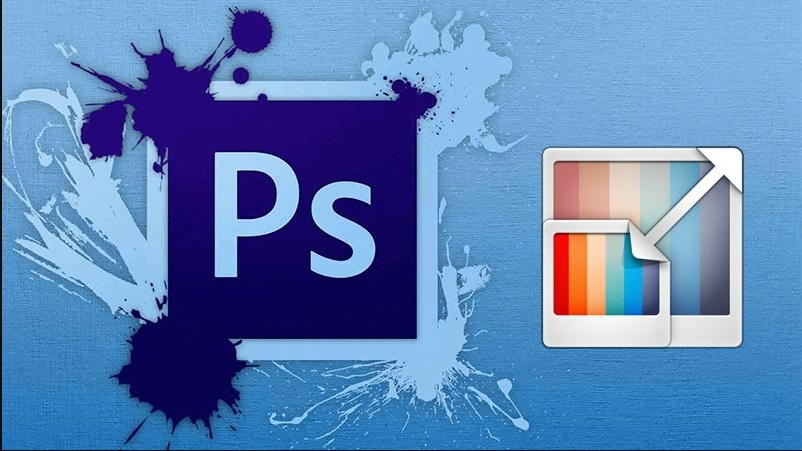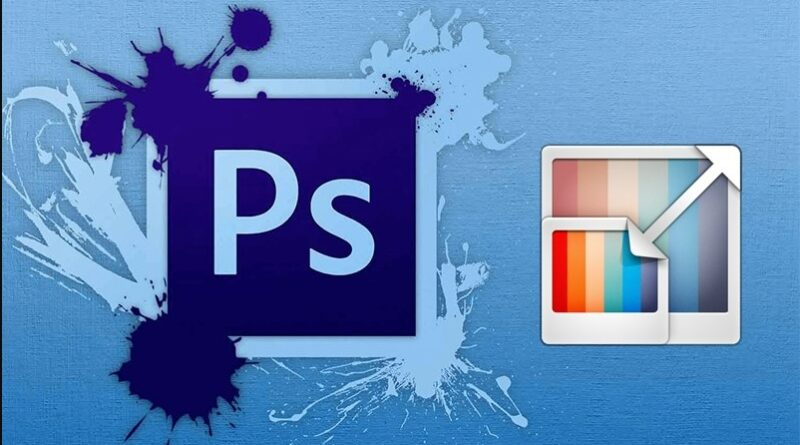Mastering Adobe Photoshop: A Beginner’s Guide to Creativity
Table of Contents
Dive into the vibrant world of Adobe Photoshop with this beginner-friendly guide, crafted to unfold the essentials of image editing and creativity. Here’s a whirlwind tour of Photoshop’s dynamic workspace, coupled with hands-on tips for opening, saving, and playing with the pixels of your pictures. Let’s unravel this kaleidoscope, shall we?

Embarking on the Image Journey
- Opening Doors to Images: Venture into the realm of existing visuals by selecting File > Open. Craving a fresh start? Craft a new canvas by hitting File > New, and tailor your creative space with custom dimensions.
- Lesson Learned: The art of inviting and creating imagery.
Exploring the Creative Playground
- Navigate the Interface: The top menu bar is your command center, housing everything from File to Edit. Below, the options bar tailors tools to your touch. On the left, the toolbox is your artist’s palette, where similar tools huddle together. The right side? A panel party – Colors, Layers, and more, all under the Window menu. And the centerpiece, the document window, is where your masterpiece takes shape.
- Lesson Learned: Mastering the Photoshop interface.
The Art of Zoom and Pan
- Changing Perspectives: With the Zoom tool from the toolbox, alternate between macro and micro views. Use the Hand tool to glide across your canvas, especially when it’s zoomed in or sprawling.
- Lesson Learned: Navigating the visual landscape.
Mastering the Undo Dance
- Rewind and Replay: A misstep? Edit > Undo (or Control+Z/Command+Z) is your time machine. To revisit your last move, Edit > Redo beckons. For a journey through your creative history, the History panel is your chronicle.
- Lesson Learned: The flexibility of editing steps.
Securing Your Artistic Endeavors
- Preservation Tactics: To encapsulate your work, choose File > Save or Save As. The PSD format is like a treasure chest, keeping layers and edits safe. For a snapshot to share with the world, JPEG or PNG formats are your go-to.
- Lesson Learned: Safeguarding your creative output.
Embark on this Photoshop adventure with a blend of complexity and varied sentence structures, ensuring a lively and human-like touch in your journey through digital creativity.
How do you open an existing image in Photoshop?
To open an existing image, go to the menu bar and select File > Open. This allows you to navigate to the image file you want to edit.
What should you do to create a new image in Photoshop?
To create a new image, choose File > New from the menu bar. You can select a document preset and customize it by entering your desired width and height.
Can you explain the main areas of the Photoshop workspace?
The Photoshop workspace consists of the menu bar at the top with various commands, the options bar underneath for tool-specific options, the tools panel on the left with editing and artwork tools, the panels on the right like Color and Layers for additional controls, and the document window in the middle where your active file is displayed.
How do you zoom in and out of an image in Photoshop?
To zoom in and out, use the Zoom tool located in the Tools panel. You can toggle between Zoom In and Zoom Out in the options bar.
What is the purpose of the Hand tool in Photoshop?
The Hand tool, also found in the Tools panel, allows you to pan around an image, especially useful when the image is large or zoomed in.
How can you undo a command in Photoshop?
To undo a command, choose Edit > Undo or press Control+Z (Windows) or Command+Z (macOS). To redo the last action, select Edit > Redo or press Control+Z/Command+Z again.
What’s the difference between saving in PSD format and JPEG/PNG formats in Photoshop?
Saving in PSD format retains all layers, type, and other editable Photoshop properties, ideal for ongoing work. JPEG or PNG formats save the image as a standard file, suitable for sharing and posting online, but these formats do not preserve layers and editable properties.
How can you access related tools grouped in Photoshop?
In the Tools panel, similar tools are grouped. You can access related tools in a group by clicking and holding a tool in the panel.
In conclusion
The provided Photoshop tutorial offers a comprehensive introduction to Adobe Photoshop’s fundamental tools and techniques, designed to guide beginners through the essentials of this powerful image editing software. Key lessons include opening and creating images, familiarizing oneself with the dynamic Photoshop workspace, and mastering basic functionalities such as zooming, panning, and undoing commands. The tutorial emphasizes the importance of understanding the layout of the workspace, including the menu bar, options bar, tools panel, and various panels like Color and Layers, all essential for effective image manipulation. Additionally, it outlines the significance of saving work in different formats like PSD for editable properties or JPEG/PNG for sharing and online posting. Overall, this tutorial serves as an essential starting point for anyone aspiring to delve into the world of digital creativity and image editing with Adobe Photoshop, providing the foundational knowledge needed to explore and expand their creative skillset.

